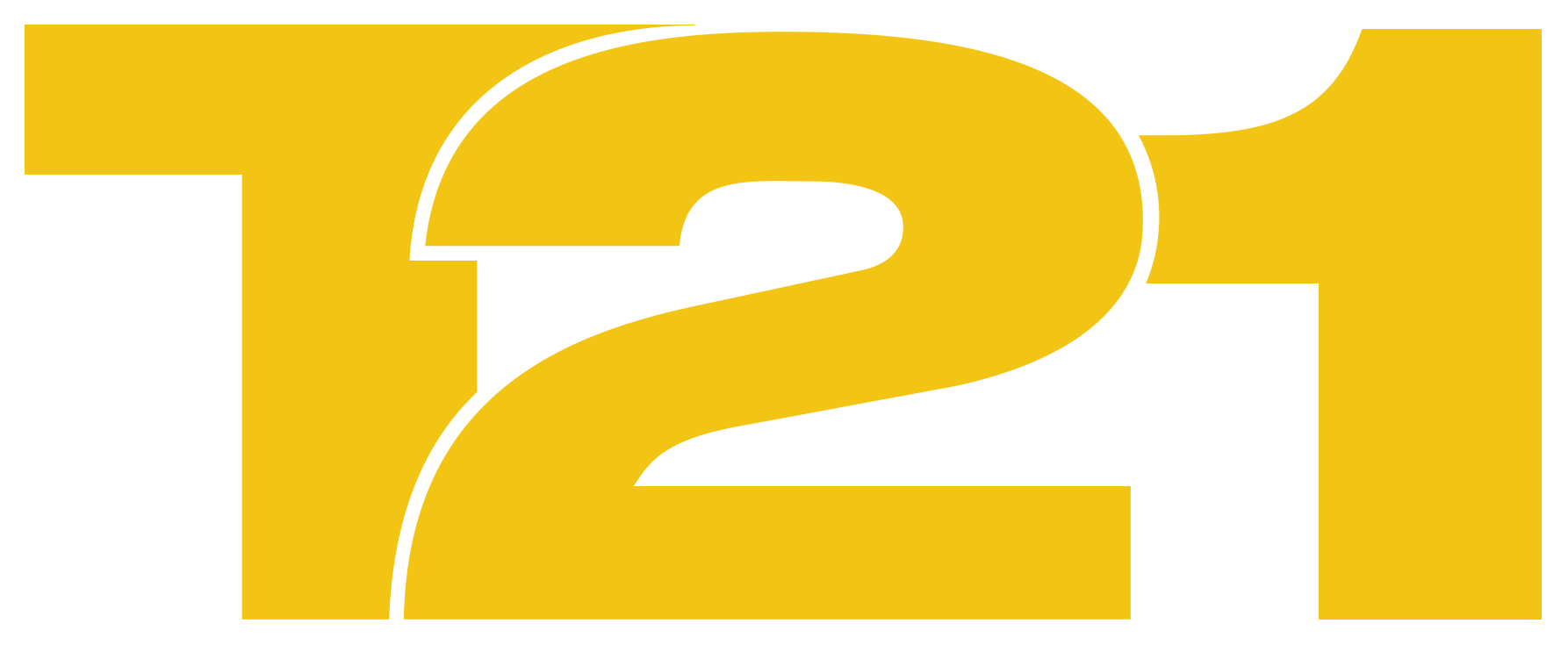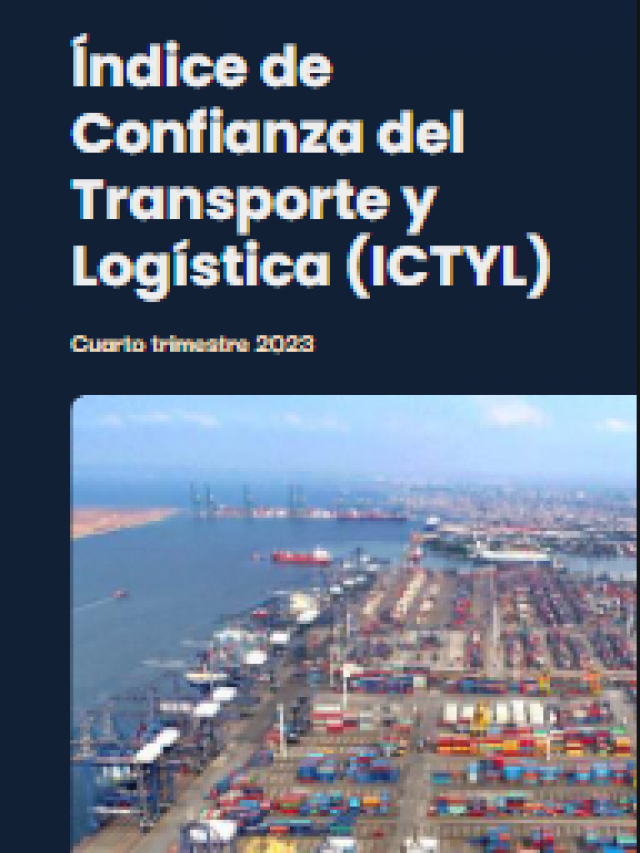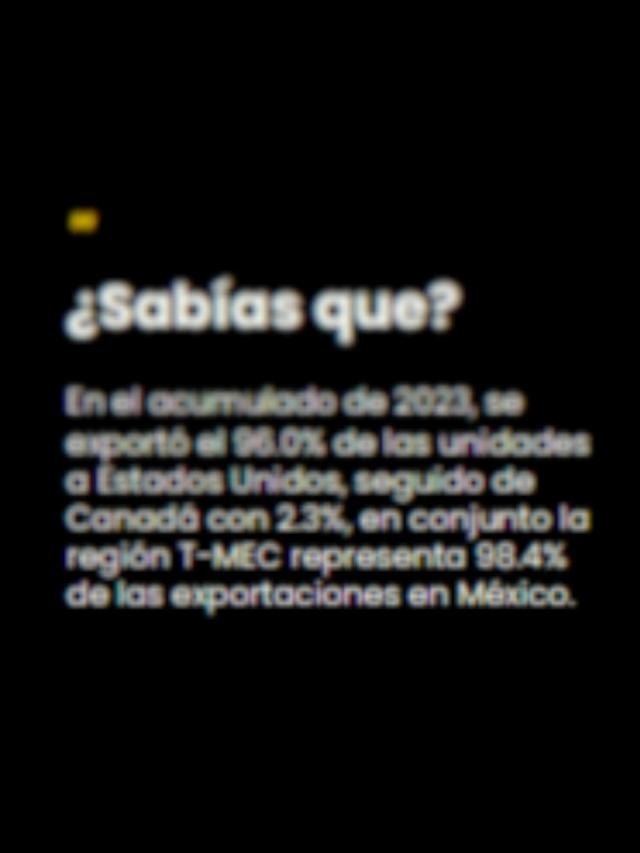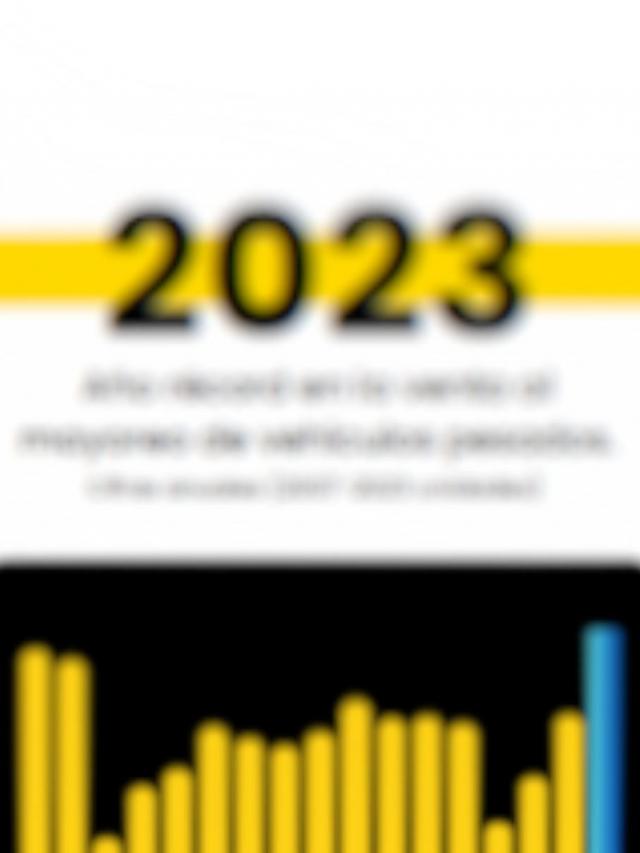
In a world where technology is advancing at unprecedented speeds, Yuliana Díaz, CEO and founder of Tiastica , emphasized the need for companies, regardless of their size, to adopt advanced digital tools to lead the transformation and remain competitive.
According to Díaz, only through digital transformation will companies be able to compete in an increasingly demanding market and ensure their long-term growth and profitability.
“Technology is not an investment, but a strategy for the future,” he said.
During the Smart Logistics event, “The Future of Efficient Mobility” organized by the company, Yuliana Díaz also highlighted the importance of change , emphasizing that the question is no longer whether technology should be adopted, but whether one is prepared to lead the digital transformation in companies.
He pointed out that today artificial intelligence is present even in cell phones and that this evolution requires companies to implement integrated and real-time solutions to respond to market demands.
From Excel to integrated systems
One of the most notable points mentioned by the management was the criticism of the prolonged use of traditional and manual tools such as Excel .
While it can be useful in the early stages of maturity, Díaz explained that relying on spreadsheets carries significant risks such as outdated information, calculation errors and a lack of integration that can trigger operational problems.
“Excel is a vulnerability for companies, because it does not offer us real-time information and can generate critical errors in our operations,” warned Díaz.
He gave real-life examples of inefficient maintenance monitoring of units , which can lead to delays, penalties and financial losses.
The specialist pointed out that the adoption of specialized systems , such as a modular ERP for transportation, offers advantages such as real-time information, integration of areas, better negotiation with clients, among others, which improves and speeds up decision-making and impacts profitability.
Overcoming resistance to change
Another key aspect that Díaz addressed was resistance to change in both work teams and business leaders.
Yuliana Díaz pointed out that, although the transition can generate fear, it is essential to communicate a shared vision and train teams to make the most of the new technological tools.
“The future is in our hands; as leaders, we have the responsibility to be visionary and adopt technological tools that drive growth,” said Tiastica’s CEO.
He also proposed some strategies to implement technological solutions in companies, in which he listed as the first point an analysis of the needs and requirements of each business area in the short, medium and long term.
Likewise, technological allies should be sought that offer support, training and constant updates.
Finally, the specialist recommended having a structured action plan for implementation, with defined times that facilitate the transition and adoption by users.
Comment and follow us on X: @jenna_GH_ / @GrupoT21














